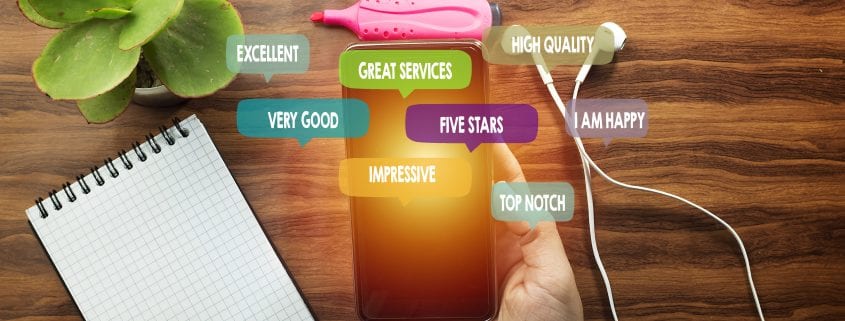
Customer Experience vs User Experience: Understanding the Difference
When it comes to building your website and providing the best possible customer service, it’s all about creating a positive experience that will help increase conversions, retain customers, and improve your brand reputation. You may refer to this experience as the “customer experience” or the “user experience”. However, these two types of experience are not actually the same thing. Knowing the differences between the two is very important. This is because by knowing the differences between customer experience vs user experience, you will be able to improve both.
What Is User Experience?
The user experience refers to how people interact with your product or service and their experience with it. For example, how a visitor interacts with your website refers to their user experience. If your pages load slowly and they leave without visiting more pages, then they had a bad user experience. However, if they spend a long time exploring your site’s different pages and engage in several ways, such as by filling out a form and signing up to an email list, there’s a good chance that they had a positive user experience.
Improving The User Experience
To improve your user experience, you need to focus on the four user experience elements: value, usability, adoptability, and desirability. Consider these four elements in the context of a website and how they affect the user experience:
- Value – Does your website provide value to the user? If it’s nothing but advertisements for your products and services, then it probably doesn’t. However, a website full of informative and helpful content that is relevant to your brand and the user’s needs does.
- Usability – How easy is it to use your website? For example, is your content organized so that visitors can find it easily? Do you have links to the major pages of your site clearly marked on your home page? Is it easy to contact you through your website? If your website isn’t easy to use, visitors will become frustrated, resulting in a poor user experience.
- Adoptability – How easy is it for visitors to start using your website? Do pages load quickly? Is your website optimized for mobile devices? If they can’t even begin to use your site, their impression of your business will turn negative.
- Desirability – How engaging is your website? If you have content that’s relevant and informative but has poor presentation, it’s not going to be very engaging. You can improve desirability by creating a variety of different content, using images and using an engaging personality in your writing.
Although these four elements are described in reference to a website, they can be used for any product or service.
Check out these 4 Tips for Leaving Lasting Impressions on Customers
What Is Customer Experience?
Whereas user experience refers to the experience using a product or service, the customer experience refers to the experience interacting with your brand as a whole. For example, this could include exploring your website, signing up to an email newsletter, downloading several eBooks, speaking with a sales associate, making a purchase, then continuing to engage with your brand post-purchase. Basically, the user experience factors into the overall customer experience.
 Improving The Customer Experience
Improving The Customer Experience
The following are some major elements that make up the customer experience:
- Your customer service – Customer service includes any direct interactions users have with your brand, such as through a live chat feature, email, phone, text or social media. Your customer service reps need to engage in a friendly and helpful way, whatever channel they’re on. Remember that customer service doesn’t stop after you make the sale.
- The sales process – The sales process should be convenient and painless for the user. Any issues they have, whether it’s with checking out, trying to use a promotional coupon, pricing issues and more, can hurt the customer experience.
- Your marketing efforts – How you market your products and services to a user affects their customer experience. If they find that your attempts to engage them are overly promotional or not relevant to their needs, they may become annoyed. That’s why it’s important to know who your audience is and only engage in a relevant manner.
- The user experience – The user experience with your product or service has a big impact on their overall customer experience.
One thing to keep in mind — a customer might have a good user experience with your product, but that doesn’t mean they’ve had a positive customer experience. For example, they can like your product but dislike the quality of your customer service. Because of this, it’s important that you focus on providing both a positive user experience and overall customer experience.
Understanding the difference between the customer experience vs user experience will allow you to improve both. By thinking that they’re the same, one or both are likely to suffer. Although they differ, the two work together to improve the customer’s overall experience.

Dan Gartlan helps companies of all kinds drive their business initiatives and achieve their goals with strategic marketing programs that deliver results. As President of Stevens & Tate Marketing, he has over 20 years experience across various industries, and continues to share his expertise to build brands nationwide.





